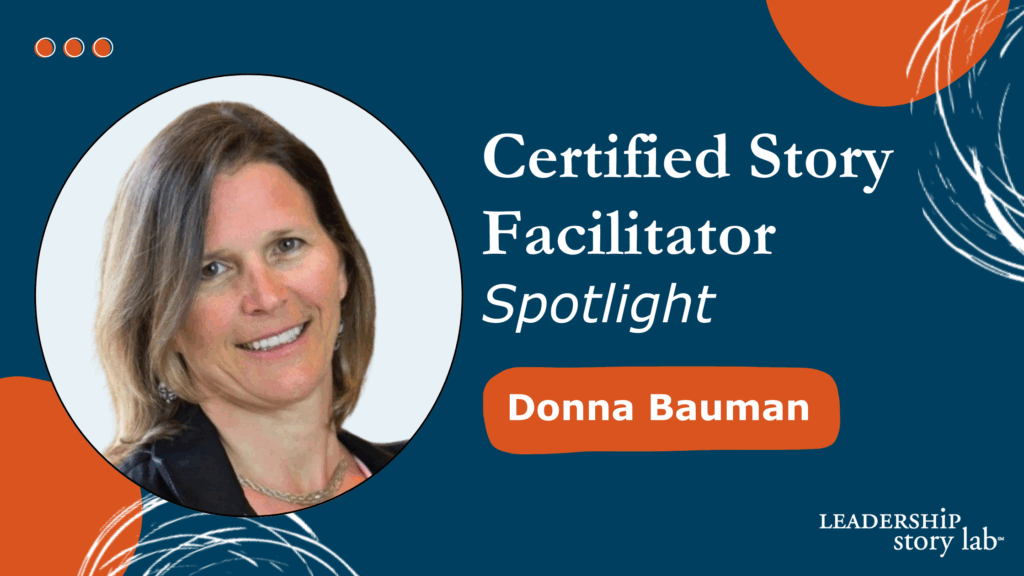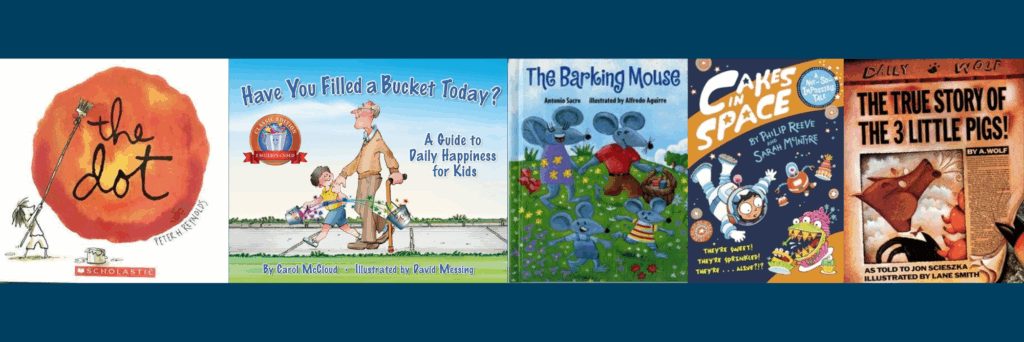June 23, 2023 / Esther Choy

I recently wrote an article for The Actuary about leadership communication for actuaries (and other professionals) who are experts in rational thinking. These analytical leaders need to practice empathy for their clients when presenting data. With finite memory for numbers and a propensity for emotion- and intuition-based thinking, most of their clients need help wading through data to understand the core meaning behind them and what action needs to be taken next.
In this companion article, I will provide more leadership communication tools that will help analytical leaders present their research in a way that balances between providing clarity and inspiring curiosity.
The IRS© Model
Telling stories doesn’t have to be complicated. Using IRS, a simple storytelling strategy, can unlock the power of stories for anyone, no matter their experience level in leadership storytelling.
- I – Intriguing beginning
- R – Riveting middle
- S – Satisfying ending
The IRS model can help you craft a compelling leadership story in just three or four sentences. Starting with a question or scenario that inspires curiosity is a great way to create an intriguing beginning. Here’s an example:
Last week on the highway, I was grateful when a rock got kicked up from the truck in front of me and hit my windshield.
In this one sentence, the storyteller leaves her audience with a question: Why was she grateful to get hit by a rock? To continue this story with a riveting middle the storyteller must identify the central source of tension, and maintain that tension.
I pulled over to assess damage and catch my breath. The windshield was cracked, but I would be able to continue my drive home. Within 10 minutes four-car collision occurred just ahead of me. It brought traffic to a halt. Cars were directed to make U-turns and drive the wrong way down the highway while the rescue crews did their work.
The story includes just enough details to engage the audience’s imagination, but not so much that the storyteller loses the tension. A satisfying end returns to the opening idea and answers the questions provoked in the beginning, while leaving room for the audience members to reflect and ask their own questions.
With a detour, I arrived home tired, but grateful for the small accident which prevented me from being a part of the major accident. I learned that unexpected setbacks can give me the perspective I need to move forward.
This story is short and conveys a message succinctly. In leadership storytelling, as in all communication, the worst thing you can do is be too thorough. Clients often carry this self-imposed mandate that they must tell the full story. Not so. Identifying the main tension in their stories and inspiring their audiences to ask questions is much, much more productive for everyone involved—the teller and the listener. When presenting complex data, an opening story can prime your audience to understand the importance of what you are sharing with them.
The Why, The What, And The How
When you are presenting complex data, you want to identify and clearly convey the why. For actuaries the why is often the reason risk management is needed in the first place. You also want to be clear with what you are presenting. In this case, the goals of risk management. However, when you get to how, you need to be ready to scale up or scale back depending on your audience.
Actuaries like other professionals have a ton of tools and methodologies to be rigorous and accurate in their assessments. But not all audiences are going to have the time or the desire to understand the methodologies you used to arrive at your conclusions. Just like in leadership storytelling, thorough is a dirty word in presenting data.
You must learn to present just enough of the high-level logic that recounts how you came to your conclusions, demonstrates your expertise, but leaves the detailed calculations and modeling for the appendix of your presentation.
Actuaries must provide a professional and honest appraisal of their assessments. They must give their audiences the clarity to have robust and informed discussions that lead to good decision making. Knowing what details and formulas to exclude from the presentation of complex data is just as important as knowing what to include.
To know what to include in your presentation and what to leave in your full written report remember these six leadership communications tools you now have at your disposal:
-
- Practice empathy for your audience. Who are they? What do they need to know?
- Understand the difference between proving vs persuading.
- Words over numbers. With a short attention span and finite space to remember numbers, share only the few important numbers that will help your audience understand the big picture.
- Create meaning. Don’t just data dump on your clients and expect them to come to the same conclusions you came to. Help them understand the context and story that your analysis is telling.
- Use the IRS Model to tell succinct stories that make an impact.
- Scale your how. Don’t shy away from telling your audience what they need to know and why they need to know it. But be thoughtful in sharing how you came to understand the data. Your audience is relying on you to be the expert. In your full written report you can show your diligence with formulas and modeling, but diving too deep into the weeds during a presentation will may cause your audience to lose focus.
Using these six strategies to help you prepare for your next data-heavy presentation will help you provide your audience with what they need to know, in a memorable and actionable way.
Do you have an important presentation coming up? Do you want to practice using the IRS Model to create impactful stories? Join us for Story Lab, a complimentary virtual small group coaching session to practice storytelling and ask questions about applying leadership storytelling to your context. Sign up here.
Better Every Story
Leadership Transformation through Storytelling
"This is an amazing and insightful post! I hadn’t thought of that so you broadened my perspective. I always appreciate your insight!" - Dan B.
Get Esther Choy’s insights, best practices and examples of great storytelling to your inbox each month.



